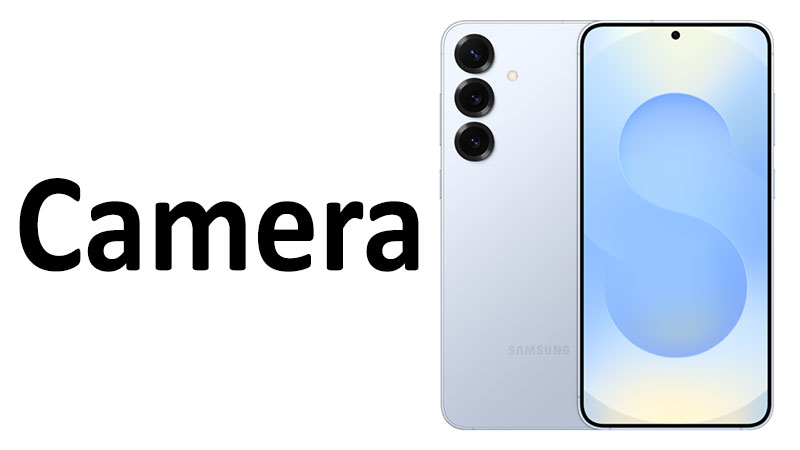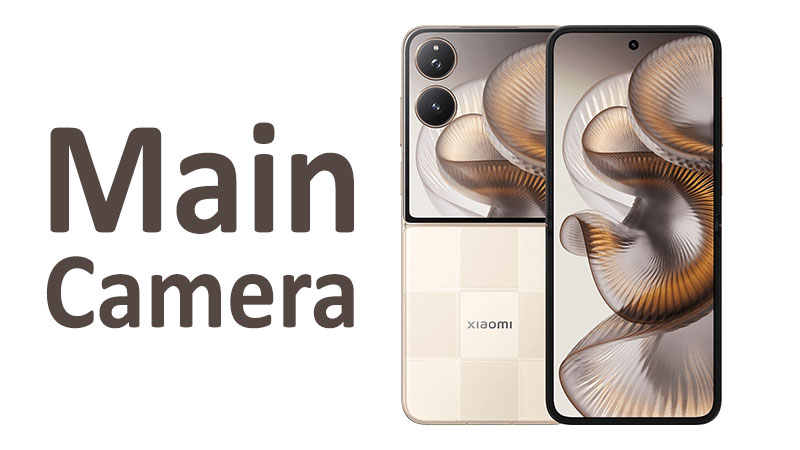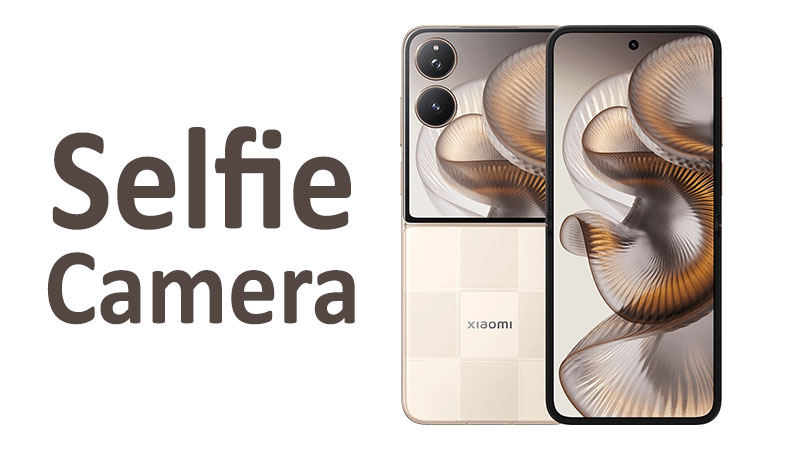The Samsung Galaxy S25 FE camera system represents a crucial point in the company’s Fan Edition lineup. It aims to deliver flagship-level photography without the premium price tag. This article provides a comprehensive and detailed analysis of the Samsung Galaxy S25 FE camera. We will explore its specifications, evaluate its real-world performance, and compare it with competitors. The goal is to help potential buyers make an informed decision. Finding the best mid-range camera phone is a common search query. The S25 FE offers a compelling answer to this question.
The Core Imaging Hardware and Specifications
The Galaxy S25 FE utilizes a highly versatile triple-camera array on the rear. This setup covers all essential focal lengths for modern smartphone photography. It moves beyond simple megapixels. The system focuses on advanced sensor technology and optical stabilization. This ensures high-quality images across diverse shooting conditions.
The 50MP Wide Sensor: A Flagship Foundation
The primary camera is the backbone of the S25 FE’s system. It features a 50 MP wide sensor. This sensor is paired with an f/1.8 aperture lens. The 24mm equivalent focal length provides a classic wide-angle perspective.
The sensor size is 1/1.57 inches. Each pixel measures 1.0µm. This sensor is capable of impressive light intake. Critically, it includes Dual Pixel PDAF for lightning-fast autofocus. It also features Optical Image Stabilization, or OIS. This hardware is borrowed directly from Samsung’s previous flagship designs.
By default, the camera uses pixel binning. It combines four pixels into one. This produces bright, highly detailed 12.5 MP final images. This method significantly improves low-light performance. It enhances image clarity and reduces digital noise. The large sensor size is a major upgrade. It allows the S25 FE to excel in challenging light. This is a key feature for the casual photographer.
Specialized Comparisons: Main Sensor vs. S24 Standard
The 50MP sensor is often seen as identical to the standard Galaxy S24 model. However, the FE version is strategically priced lower. Its performance difference often lies in the processing chip. The S25 FE uses a different processor than its flagship siblings. Yet, the raw output quality remains remarkably consistent. It delivers Samsung’s signature vibrant color science. This color profile is often preferred for social media sharing.
Specialized Telephoto Lens: The Power of 3x Optical Zoom
A dedicated telephoto lens is essential for true photographic versatility. The S25 FE includes an 8 MP sensor for telephoto capture. This sensor is coupled with an f/2.4 aperture lens. It provides a 75mm equivalent focal length.
This translates to a 3x optical zoom capability. Optical zoom is superior to digital zoom. It magnifies the image using the lens elements. This preserves sharpness and detail without loss of quality. The telephoto lens also includes OIS and PDAF. This ensures sharp results even when zooming in. Handheld shots at 3x zoom remain clear and stable.
This specific lens configuration is perfect for portrait photography. The 75mm focal length creates natural background compression. It provides a flattering perspective for subjects. It gives photos a more professional look. This camera module adds significant value for buyers. It moves the S25 FE beyond standard dual-camera setups.
Specialized Comparisons: Telephoto vs. Competitors
Many rival mid-range phones omit a dedicated telephoto camera. They often rely on cropping the main sensor. The S25 FE’s 3x optical zoom offers a clear advantage. It consistently outperforms digitally zoomed images from competing phones. The stability offered by OIS further reinforces its utility. The 8 MP resolution is lower than the main sensor. However, the optical magnification makes up for this difference in detail.
Capturing the Big Picture: 12MP Ultrawide Module
The ultrawide camera is necessary for landscape and architectural shots. The S25 FE features a 12 MP ultrawide sensor. It is paired with an f/2.2 aperture lens. This provides an expansive 123˚ field of view.
The 13mm equivalent focal length captures massive scenes. This is perfect for fitting large groups or buildings into the frame. The sensor size is 1/3.0 inches. Its 1.12µm pixels ensure decent performance in good light. The expansive field of view introduces minimal geometric distortion. Samsung’s software aggressively corrects for edge warping. This keeps straight lines looking straight.
Ultrawide lenses typically struggle in low light. This is due to their smaller aperture and sensor size. The S25 FE handles this challenge reasonably well. It uses advanced multi-frame processing. This brightens the image and reduces noise effectively. The ultrawide camera is consistent with the other lenses in color. This is important for maintaining a cohesive look across the triple setup.
Real-World Performance Analysis
Understanding the specifications is just the first step. Real-world performance determines how good a camera actually is. We must evaluate how the S25 FE handles various lighting scenarios. We will look at sharpness, color, and specific shooting modes.
Daylight Photography: Sharpness and Color Science
In bright sunlight, the S25 FE delivers exceptional results. The 50 MP main camera produces images with high levels of detail. Colors are vibrant and punchy, which is Samsung’s signature style. This color science makes photos immediately ready for social media. Users often find this appealing for immediate sharing.
The dynamic range is also excellent. The camera captures detail in bright highlights and dark shadows simultaneously. This is thanks to advanced HDR processing. The Dual Pixel PDAF ensures fast and reliable focusing. Subjects are sharp, and background separation is pleasing. This makes the phone highly dependable for travel and outdoor photography. Most users will find the daylight performance nearly indistinguishable from flagships.
Low-Light Photography and Nightography
Low-light performance is a true test of any smartphone camera. The S25 FE benefits greatly from its large main sensor and OIS. Optical Image Stabilization physically shifts the lens to counteract handshake. This allows for longer exposure times without blurring.
Samsung’s “Nightography” processing takes over in dark conditions. It captures multiple frames and merges them into one brighter image. This process effectively reduces noise. Detail preservation is quite strong, especially with the main lens. However, digital noise becomes more noticeable in extremely dark scenes. This is particularly true when using the ultrawide camera. The dedicated 3x telephoto camera performs better than expected in low light. This is due to its OIS. Overall, the S25 FE offers a competitive low-light experience for its price segment.
Portrait Mode and Depth Effects
Portrait mode performance depends heavily on two factors. These are the telephoto lens and the software’s edge detection. The S25 FE excels here with its 75mm optical zoom lens. This lens provides a natural focal length for portraits. The resulting perspective is flattering and minimizes distortion.
The camera’s software accurately separates the subject from the background. It creates a pleasing, adjustable bokeh effect. The depth of field appears natural and professional. Even complex details like hair or glasses are handled well. The 3x optical lens contributes to superior depth mapping. This is a significant improvement over single-lens portrait modes. Edge detection is reliable in good lighting conditions.
Video Capabilities and Cinematic Capture
Video is an increasingly important feature for smartphone users. The Samsung Galaxy S25 FE offers robust video specifications. It supports ultra-high-resolution and high frame rate recording. This makes it suitable for content creation.
8K and High Frame Rate 4K Recording
The S25 FE can record video at up to 8K resolution at 30 frames per second (fps). While 8K resolution is future-proofing, it has practical limitations. File sizes are enormous, and editing requires powerful hardware. The quality is undeniably high. However, most users will prefer the more practical 4K mode.
The phone offers excellent 4K video recording at 30 fps and 60 fps. It even supports 4K at 120 fps. This high frame rate is ideal for slow-motion capture. It creates smooth, cinematic slow-motion clips. Recording at 4K resolution provides the best balance. It offers detail, manageable file size, and smooth performance. The 1080p mode goes up to 240 fps for super slow motion.
Superior Stabilization: OIS and Gyro-EIS
Video smoothness is ensured by dual stabilization technologies. The main and telephoto lenses feature OIS (Optical Image Stabilization). The phone also uses gyro-EIS (Electronic Image Stabilization) across all lenses. This combination creates the highly effective Super Steady mode.
Super Steady mode produces gimbal-like smooth footage. It digitally crops the image slightly to achieve stabilization. This is especially useful when filming action or walking. The OIS handles small jitters effectively. The gyro-EIS smooths out larger movements. Video quality is consistent, even when switching between the main and ultrawide lenses. This seamless transition is key for professional-looking vlogs.
The Front-Facing Experience: 12MP Selfie Camera
The selfie camera is often overlooked in detailed reviews. However, it is vital for vlogging and self-portraits. The S25 FE uses a 12 MP front sensor. It has an f/2.2 aperture lens with a 26mm wide field of view. The sensor is 1/3.2 inches with 1.12µm pixels.
The front camera delivers sharp and clear images. Samsung applies its signature bright processing to selfies. Skin tones generally look pleasing and slightly smoothed. The autofocus remains fixed, which is typical for FE models. However, the depth of field is generous enough for most selfies.
Crucially, the selfie camera supports 4K video recording at both 30 fps and 60 fps. This is a significant feature for content creators. Many competitors cap the front video at 1080p. The front camera also includes gyro-EIS. This ensures video calls and handheld vlogging footage are stable. The overall front camera performance is excellent for its class. It maintains quality for both photos and high-resolution videos.
Specialized Comparisons and Key Takeaways
The S25 FE fits into a highly competitive segment. It competes against both its flagship siblings and fierce rivals. Understanding these distinctions is important for a smart purchase.
S25 FE vs. S24 FE Camera: What Changed?
The Galaxy FE series often maintains similar camera hardware year-over-year. The S25 FE camera system is largely based on the S24 FE. Both share the 50MP main and 3x optical telephoto lenses. The key difference lies in the software processing.
The S25 FE benefits from newer AI algorithms. These improve clarity, dynamic range, and night mode processing. The color science might be slightly refined for more realism. The core hardware remains excellent. Software enhancements provide the incremental improvements seen in the S25 FE. Buyers upgrading from the S24 FE will notice refinement. They will not see a radical hardware change. This consistency keeps the price competitive.
S25 FE vs. Google Pixel/Competitors
The primary competitor to the S25 FE is often the Google Pixel A series. These phones offer outstanding computational photography. Google excels at delivering a natural, true-to-life look. Samsung, in contrast, targets a vibrant, ready-to-share aesthetic.
The S25 FE offers superior hardware versatility. Its dedicated 3x optical zoom is a massive advantage. Google’s digital zoom is good but cannot match the optical clarity. For users prioritizing zoom and a punchy look, the S25 FE wins. For those who want accurate, natural colors, Google might have an edge. The S25 FE provides more creative flexibility through its multiple lenses.
Pros, Cons, and Buyer’s Guide
Analyzing the overall camera package reveals specific strengths and weaknesses. Prospective buyers must weigh these factors carefully before purchasing. The S25 FE is a great choice for many, but not every user.
Advantages of the S25 FE Camera
The S25 FE camera offers several compelling benefits. The 50 MP main sensor provides outstanding image quality in daylight. Its large size is a huge plus for light gathering. The OIS on the main and telephoto lenses ensures stability. This is critical for both photos and video. The 3x optical zoom is a dedicated, versatile lens. It vastly improves portrait and distance shots. The 4K 60fps video and stabilization are top-tier features. The 12 MP front camera records great 4K video. This makes the S25 FE an excellent choice for vlogging. It is arguably the best camera system in the FE series’ price bracket.
Limitations and Trade-offs
No smartphone camera is perfect, and the S25 FE has a few trade-offs. The 8 MP telephoto resolution is modest. It shows some limitations in very high-detail scenarios. Low-light performance on the 12 MP ultrawide lens can introduce noise. This happens especially when compared to the main sensor. While 8K video is included, it is rarely practical for everyday use. Battery drain and heat during extended 8K or 4K 120fps recording are also considerations. These are common issues with high-end video capture. Overall, the limitations are minor compromises for the price point.
Essential Points for Prospective Buyers
Buyers must consider their primary use case for smartphone photography. Do you prioritize maximum zoom capability? The 3x optical zoom is a strong factor here. Are you a content creator or vlogger? The stable 4K 60fps selfie video is a huge selling point. The S25 FE is a reliable all-rounder for smartphone photography enthusiasts.
It offers a true triple-lens experience. This distinguishes it from many mid-range rivals. Samsung’s color profile is inherently appealing to many users. The inclusion of OIS on two lenses ensures sharp, stable results. This Fan Edition model delivers on its promise. It provides a taste of flagship camera performance at a more accessible cost. Consider the S25 FE if photographic versatility is your top priority.
Conclusion
The Samsung Galaxy S25 FE camera system presents an exceptionally balanced package. Its hardware configuration covers every photographic need. The 50 MP main sensor captures detailed, vibrant images consistently. The dedicated 3x optical telephoto lens provides valuable versatility for portraits and distance. This is a crucial feature that enhances creative options. The 12 MP ultrawide sensor offers expansive views with good correction.
Video performance is stellar, featuring 8K recording and highly stable 4K 60fps modes. The inclusion of OIS and gyro-EIS ensures high-quality video capture. The 12 MP selfie camera supports excellent 4K video. This solidifies the S25 FE’s position as a powerful tool for vlogging and content creation. While the camera hardware is familiar from previous generations, the refined software processing delivers subtle improvements.
The S25 FE successfully brings flagship camera technology to a wider audience. It competes fiercely with rivals by offering superior optical zoom. For consumers seeking an all-in-one camera that excels in performance, the S25 FE is a compelling choice. It offers the best combination of specs, features, and price in the Fan Edition series yet. This makes the S25 FE a smart investment for demanding mobile photographers.
FAQ
Is the S25 FE camera better than the previous FE model?
Yes, the S25 FE benefits from newer AI processing. This improves low-light performance and color consistency. The core hardware remains largely similar, but the software refinement is noticeable.
Does the Samsung Galaxy S25 FE have true optical zoom?
Yes, it features a dedicated 8 MP telephoto lens. This lens provides 3x optical zoom. This offers genuine magnification without sacrificing image quality.
Can the S25 FE record stable video while walking?
Yes, the S25 FE includes both OIS and gyro-EIS. This combination enables the highly effective Super Steady mode. It produces smooth, stable video, even with handheld movement.
What is the maximum video resolution for the selfie camera?
The 12 MP front-facing camera is capable of recording video. It supports up to 4K resolution at 60 frames per second. This is excellent for high-resolution vlogging.
Does the main camera shoot 50 MP images by default?
No, the main camera uses pixel binning by default. It combines data to produce optimized 12.5 MP images. You can manually switch to the full 50 MP resolution mode if desired.



